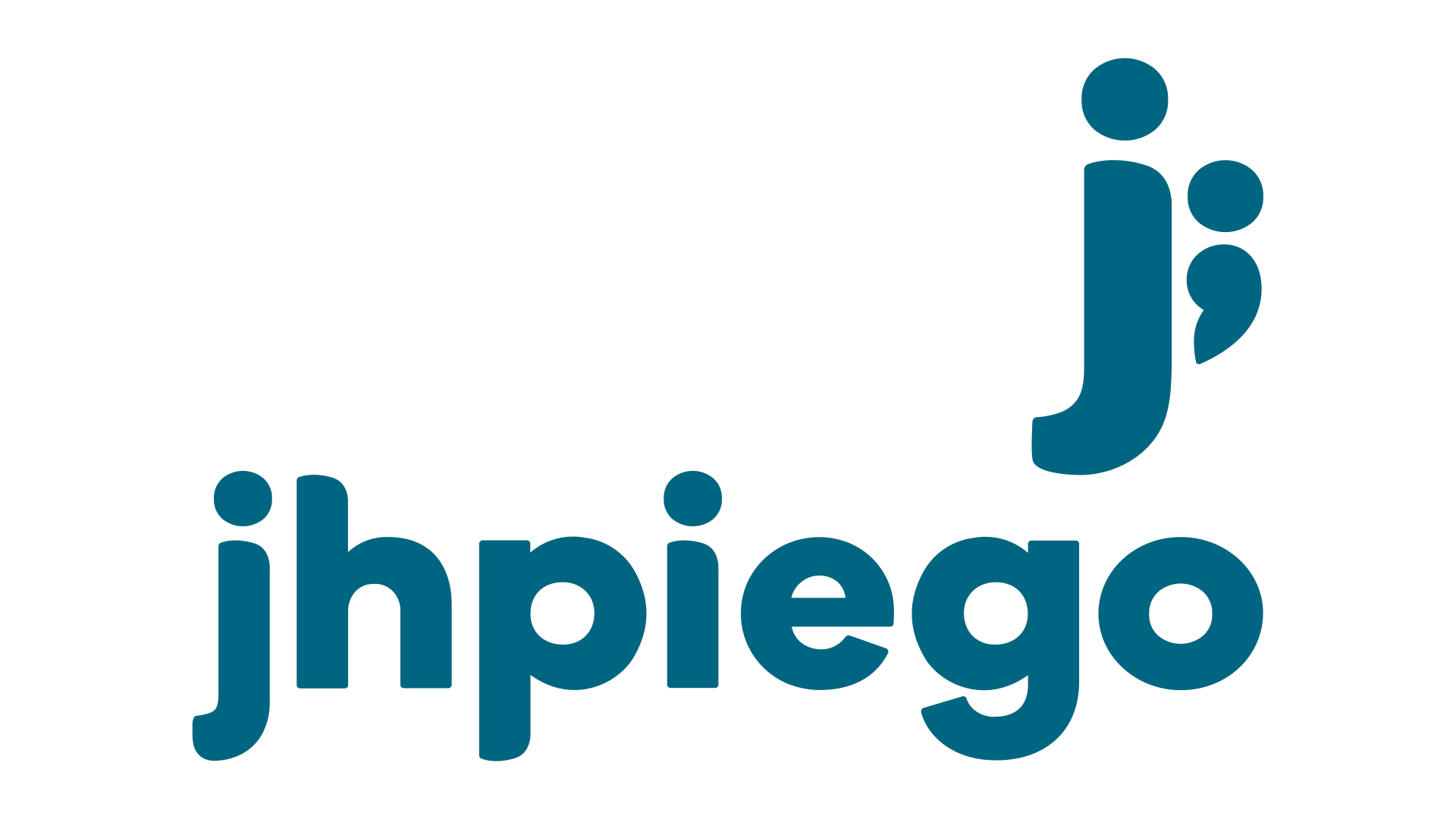Q&A: Harnessing AI’s potential to transform the delivery of health care
Innovative digital technologies have the power to break through barriers that impede people’s access to quality health care and undermine health systems, says Jhpiego’s Wendy Taylor.

Development organizations looking to make use of artificial intelligence and data analytics tools should start by understanding the problems facing the end user, according to Wendy Taylor, Jhpiego’s vice president of technical leadership and innovation.
The use of digital and data solutions for global health is not new. But the COVID-19 pandemic led to huge leaps forward in their usage, especially in areas such as telehealth and advanced outbreak analytics, Taylor explained. From helping governments prevent deadly disease outbreaks to supporting community health workers treating patients in remote areas, the uses of AI-enabled tools and analytics in global health and development more broadly are only set to grow. “If we’re thoughtful, if we're smart and strategic, I think there are huge opportunities to push these new frontiers,” Taylor said.
Taylor emphasized, however, that in order for a digital tool to be successful, it’s imperative to first understand users’ needs and get a clear understanding of the problems that need to be solved. In some cases, AI and data science might not be the most cost-effective solution. “Just because we can, doesn’t always mean we should. There's going to be this messy interim where some of the old technology may be the best solution until the new technology is proven, fully integrated into workflows, and made more cost-effective,” she said.
Jhpiego's Wendy Taylor discusses the transformational potential of AI-enabled tools and analytics.
Jhpiego's Wendy Taylor discusses the transformational potential of AI-enabled tools and analytics.
In an interview with Devex, Taylor outlined some of the current cutting-edge uses of AI and data analytics in global health, and what’s needed to successfully roll out these types of innovative digital tools.
This conversation has been edited for length and clarity.
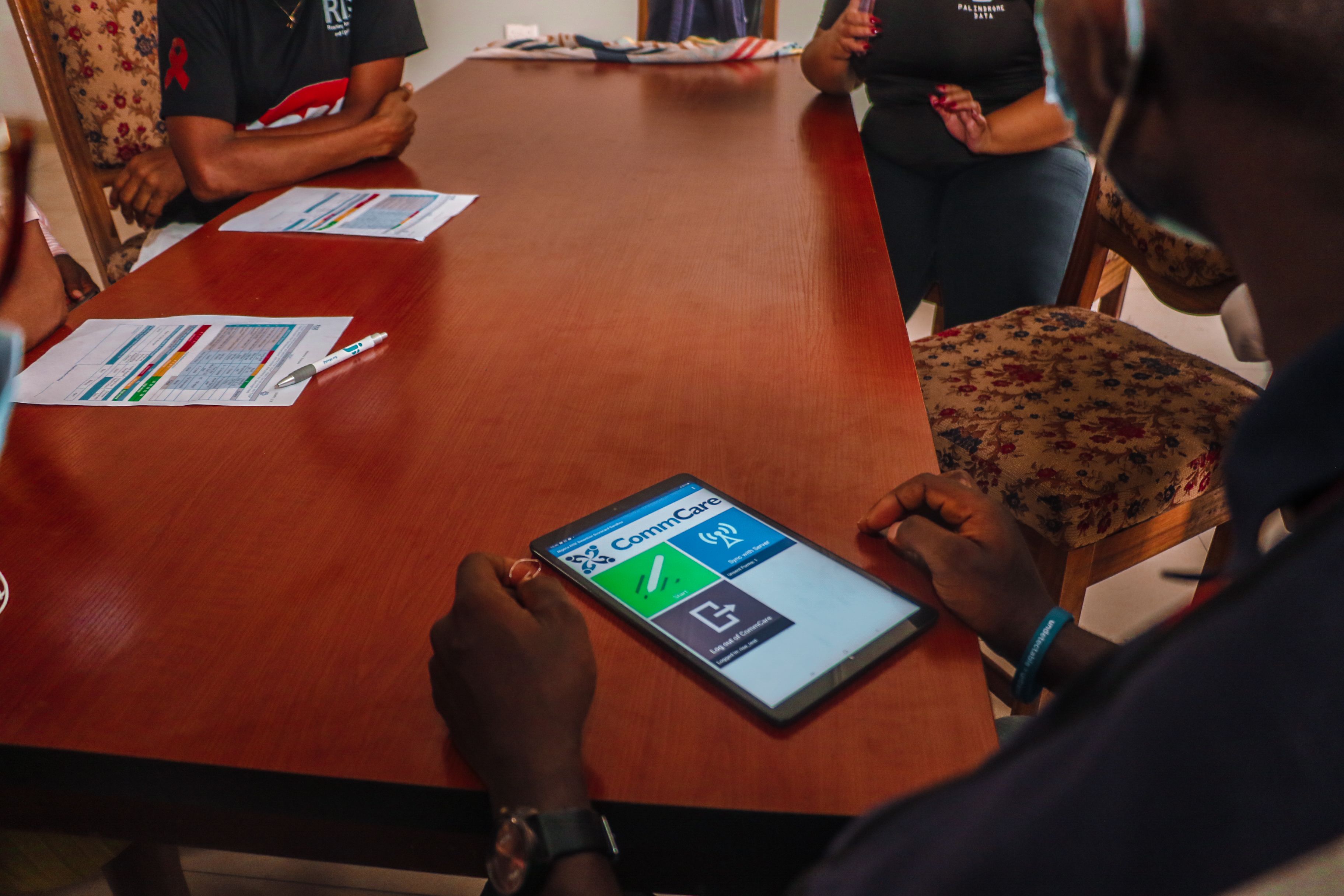
To what extent are AI and advanced analytics currently being used in the global health sector, and what do you see as their greatest potential for accelerating progress?
We're seeing significant opportunities to leverage data and digital technology to transform care at every level of the health care system, and certainly, for every health program area. The place where we've seen some of the biggest shifts is over the past two years with the COVID-19 pandemic. It's been a huge accelerant for digital solutions broadly — certainly for telehealth, which is not at all new technology, but has experienced these quantum leaps across the world, including in low-income populations in terms of its use.
It's also opened the door to more advanced outbreak analytics. We've seen the power of forecasting tools that can predict disease spread and surveillance systems that leverage health and nonhealth data to detect outbreaks faster and even improve tools that can target interventions with more precision, so you get the right interventions to the right populations at the right time.
We are able to reach people not currently reached through AI-enabled technologies. These tools are putting more power in the hands of clients and providers. New age diagnostics can improve the administration of tests, the interpretation of results, and, in the case of people living with [tuberculosis], remote monitoring of clients to ensure they are taking their medication. And, when it comes to the health care system, new AI tools have the potential to increase effectiveness and efficiencies, from supply chain optimization to strategic deployment of ambulances.
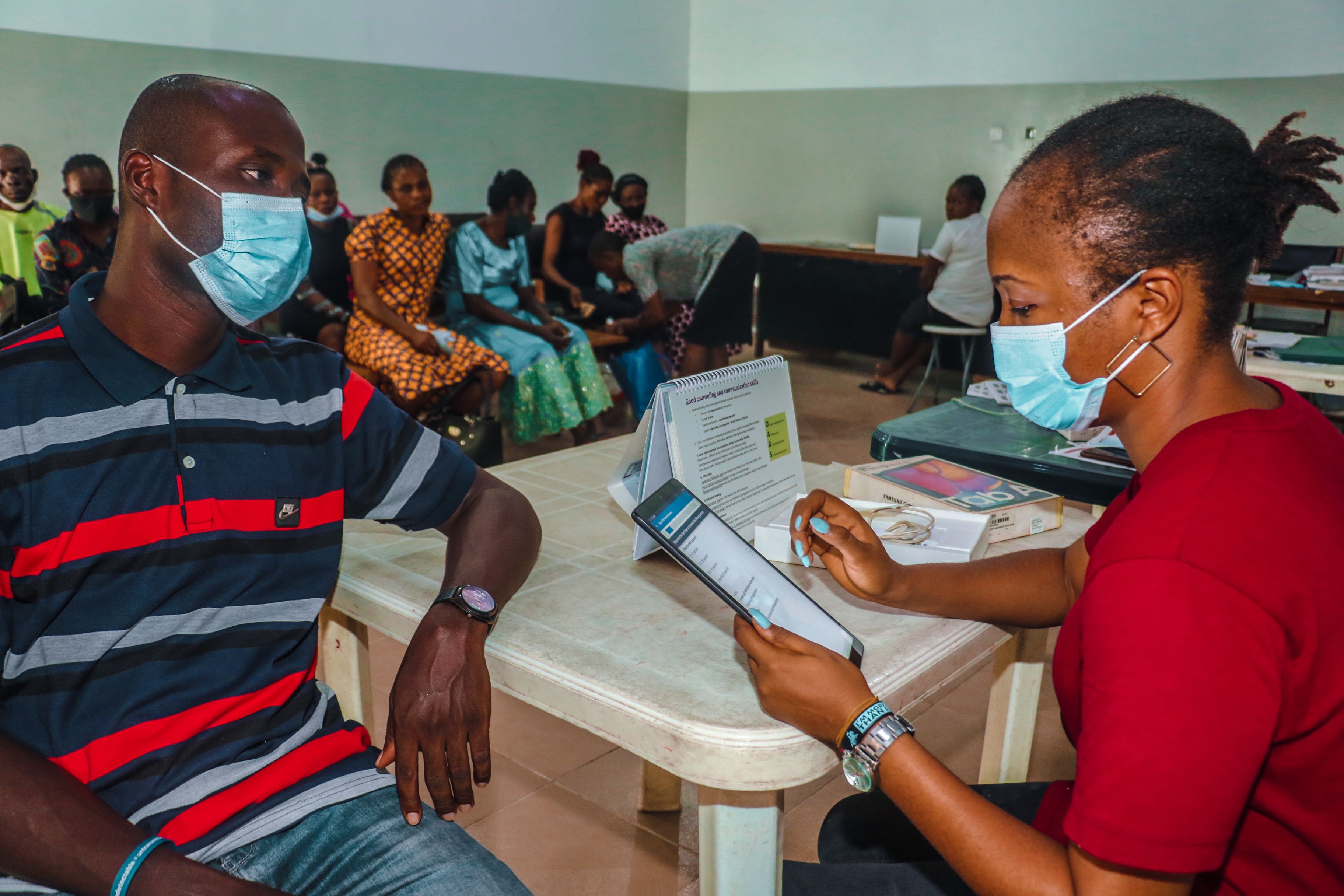
Using advanced analytics, Jhpiego developed an AI-based tool to help assess the risk of a person interrupting their HIV treatment. Photo: Jhpiego/Moses Adejo
Using advanced analytics, Jhpiego developed an AI-based tool to help assess the risk of a person interrupting their HIV treatment. Photo: Jhpiego/Moses Adejo
Tell us about Jhpiego’s work in this space – which projects are you most excited about?
There are two streams of work that I think are particularly exciting. One is around AI-powered targeted outreach and information campaigns. We've been doing some work in partnership with a Kenyan startup called AIfluence. They're using social media scraping and natural language processing to conduct sentiment analysis around conversations that are taking place on social media to derive insights around people's perceptions of health products or perceptions around vaccine hesitancy. These insights can allow us to better design and target responsive campaigns, using social media that can drive awareness and acceptance of these new products, using authentic, trusted community influencers to deliver these messages.

An AI-powered targeted outreach and information campaign focused on spreading awareness around the importance of getting vaccinated for COVID-19.

An AI-powered targeted outreach and information campaign focused on spreading awareness around the importance of getting vaccinated for COVID-19.
An AI-powered targeted outreach and information campaign focused on spreading awareness around the importance of getting vaccinated for COVID-19.

An AI-powered targeted outreach and information campaign focused on spreading awareness around the importance of getting vaccinated for COVID-19.
An AI-powered targeted outreach and information campaign focused on spreading awareness around the importance of getting vaccinated for COVID-19.

Jhpiego’s RISE team shares with health workers in Nigeria a new AI-based tool that can help them determine if people are at risk of missing life-saving medicine. Photo: Jhpiego/Moses Adejo
Jhpiego’s RISE team shares with health workers in Nigeria a new AI-based tool that can help them determine if people are at risk of missing life-saving medicine. Photo: Jhpiego/Moses Adejo
The second area of work is using predictive analytics. This is the cutting edge of AI. In HIV, interruption in treatment remains a big challenge. We're working in partnership with a South African startup called Palindrome Data, using historical data from our work in Nigeria to build a model to accurately predict treatment interruptions before they occur. If we can identify who's more at risk in advance, then we can think about how to target the right interventions to prevent them from experiencing that interruption in treatment. And we've translated that into a risk assessment tool that can be used by health care workers at the point of care. Over time, our algorithm will get smarter and identify patterns of risk that are not obvious to the human decision-maker. This is where AI really comes into its own.
We also have the opportunity to further reduce maternal mortality with our exciting work in India to develop early warning risk scores for pregnancy-related life-threatening complications.
What kinds of challenges are you seeing when using these types of new technologies in LMIC settings, and how can these be mitigated?
We have to think about not just the technology itself, but who is going to use it, and how we upskill the user so that they're able to use these technologies. There are actually a lot of really exciting discussions happening globally in medical schools across the world about what skills clinicians need to have in the digital age.
When we start talking about advanced analytics, it all hinges on data access and data quality. For low- and middle-income countries, that may require having a well-functioning digital health system that can generate clean data. Our models are only as good as the data that goes into them. So we have to do the work upfront to make sure we're getting the good data in the first place.
Data governance is also critical as we advance the use of AI and machine learning. Data governance can't be an afterthought. We need to establish robust governance structures and regulations to make sure we're using these new tools properly and protecting data, privacy, and security.
Finally, it's worth noting that data science may not always be cost-effective in some of these resource-constrained environments, particularly in the beginning. Just because we can, doesn’t always mean we should. There's going to be this messy interim where some of the old technology may be the best solution until the new technology is proven, fully integrated into workflows, and made more cost-effective.
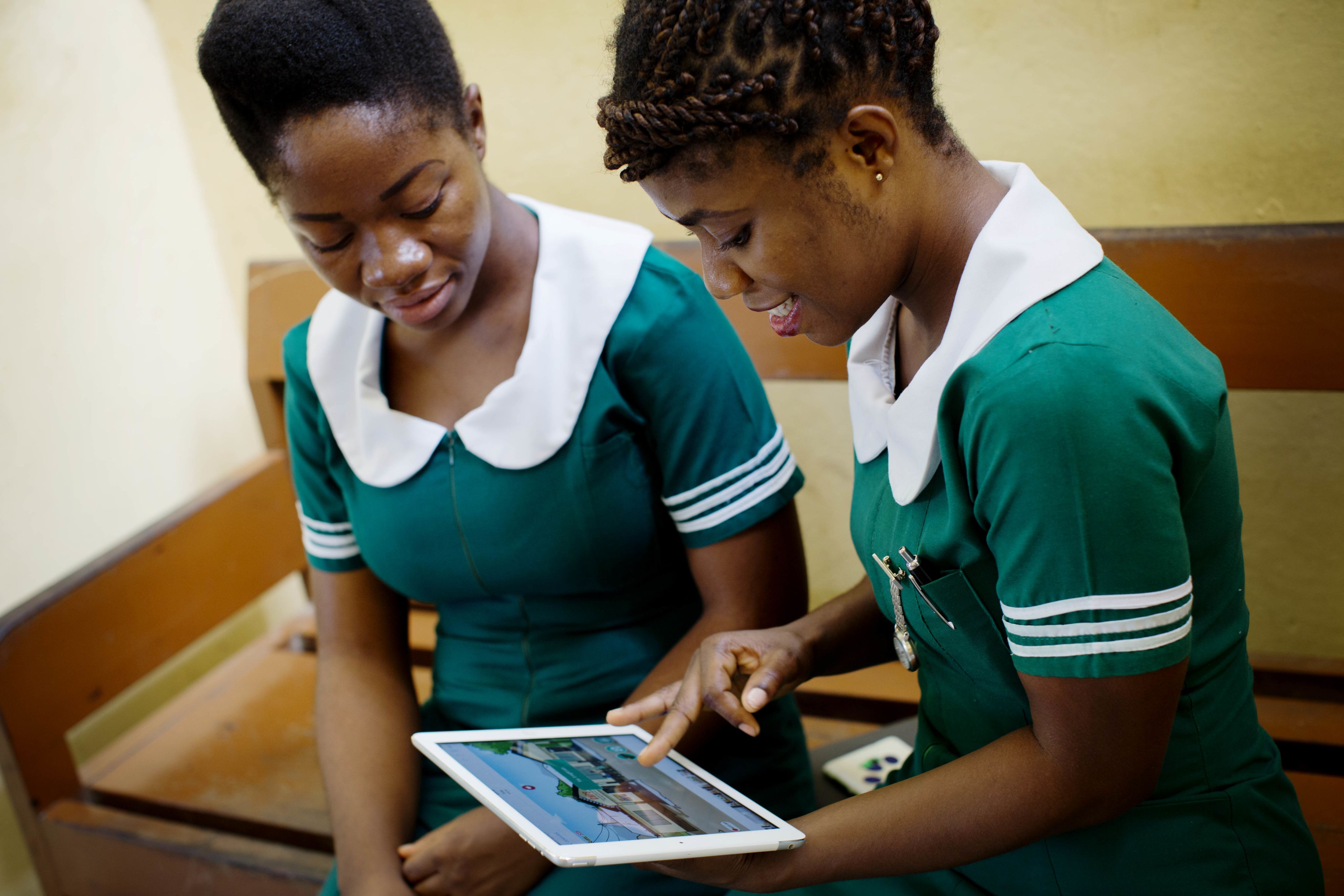
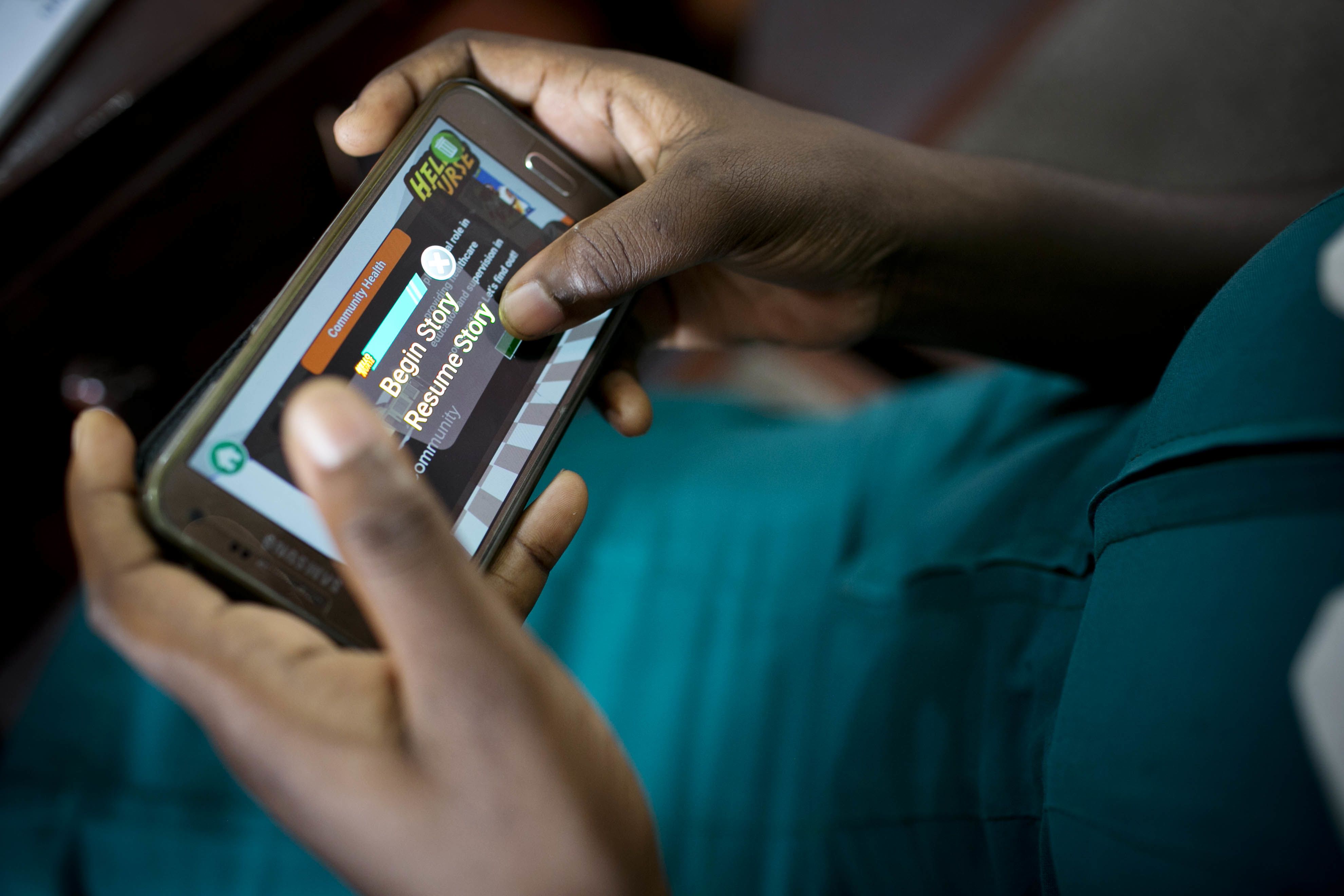


Midwifery students in Ghana rely on digital technology to review lessons and educational material on community health. Photo: Jhpiego/Karen Kasmauski
Midwifery students in Ghana rely on digital technology to review lessons and educational material on community health. Photo: Jhpiego/Karen Kasmauski
Drawing on Jhpiego’s work in 40 countries and your previous experience in the sector, what would you say is the key to preparing organizational teams, local partners, and communities for successfully adopting transformational innovations?
First, start with the end user. We need to really meet users where they are. We need to understand existing patterns of technology ownership and technology use, what questions need to be answered, who is trying to answer them, and really bring that into the thinking in terms of what solutions we actually bring to the table.
Second, we have to make sure we understand the distinctions between data and data insights, and also between data insights and data use. You can get data paralysis if you have too much information and not enough understanding of how to use it, and that’s where data insights come into play. But the insights alone don't lead to better health outcomes. What good is it to know if someone's at higher risk if you can't change the clinical management of that patient? And so that's where thinking about the implementation experience, the clinical experience, and public sector relationships, can really help bring that translational piece of how you put some of these new insights to use.
And then finally, we can't forget about equity and inclusivity — whether we're talking about data that may have biases because they’re not inclusive of all of the population or access to technologies that certain segments of the population may not be able to reach. So that equity lens for citizen-facing tools, provider-facing tools, and even when we develop these algorithms is really important.

